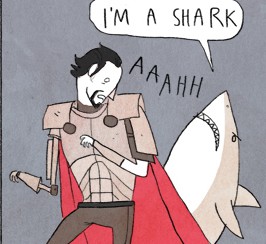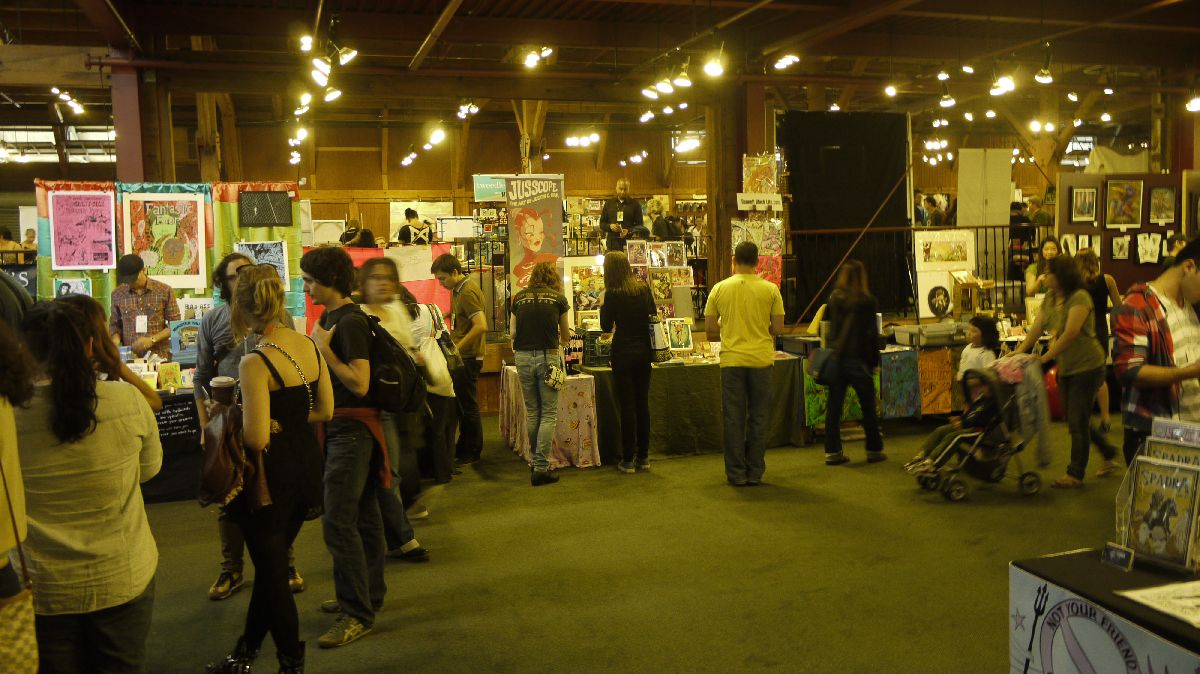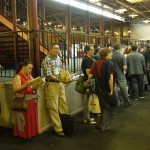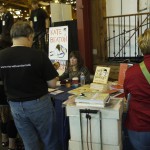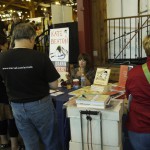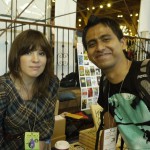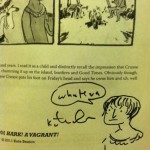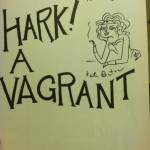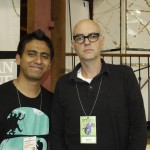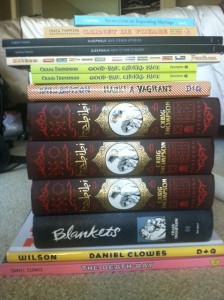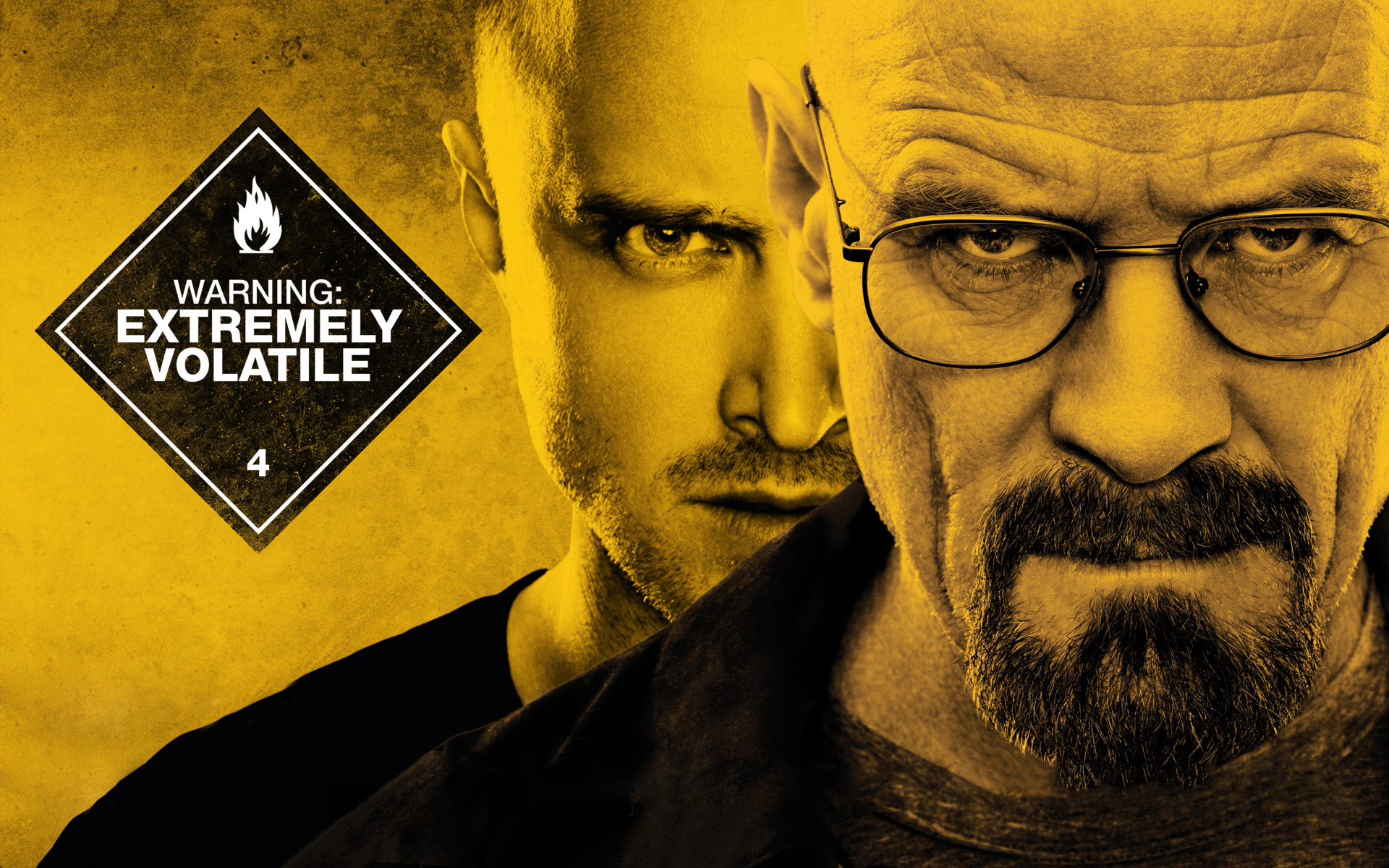
What if you knew you had six months to live?
A lot of talented storytellers have already done variants of this particular narrative scenario in different mediums. The TV series Breaking Bad is just one of them, and when you first hear about the premise of the show – mild-mannered chemistry teacher Walter White learns he has cancer and takes to cooking and dealing crystal meth with an ex-pupil, a junkie named Jesse Pinkman to provide for his family – you feel tempted to get dismissive about it. Too much been-there-done-that. Didn’t Weeds have a similar setting of a non-criminal taking to crime and making us cheer for the anti-hero? But I got around to watching Breaking Bad sometime last year, thanks to a belated reading of a Patton Oswalt blog post. The post seems to have disappeared, fuck you Myspace, but critical commentary on the post remains online, thank you Internet.
I believe I was well and truly hooked at the point where, as I was balancing my dinner plate on my lap and trying not to spill rice all over my underwear, strange goings-on involving dead drug dealers, hydrofluoric acid and a metal bath-tub were unfolding onscreen. I believe that was it, the mix of gut-wrenching, edge-of-the-seat drama, interspersed with laugh-out-loud moments of gruesome humor, that made me regard Breaking Bad as being something more than Just Another TV Show. I finished the first two seasons in a weekend, and then learnt that there was a third season that had just gotten over, watched that too. When the fourth season started this year, I resolutely refused to see it until the season was over.
Having completed the season finale of the latter just two days ago, I feel … empty. It feels like the year has given me the best it has to offer, and there’s nothing more to look forward to before The Dark Knight Rises releases in 2012. Of course that is just self-inflicted hyperbole that will dissipate in a few days(I hope, whine whine). But it’s a rare artistic offering that produces such an effect in me, this emptiness and this feeling of contentment at the same time, this sense of wonderment at a story that takes its time to unravel and is so fucking satisfying. At no point in the course of this TV series have I had the occasion to roll my eyes, or shake my head at an illogical plot-point. Trust me, there is none. This is ridiculously good writing right there. It has messed with my head, it has shattered every expectation I had, and it’s done a stellar job in balancing violent bursts of action with quiet emotional moments and nerve-wracking tension.
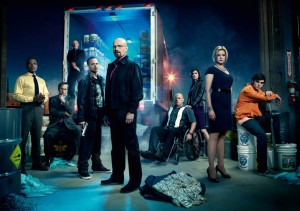
Season 3 ended with a gunshot. Season 4 shows us the repercussions of that shot, beginning with a flashback sequence that is a reminder of the magnitude of what just happened. Episode 1 has one of the most visceral sequences I’ve seen in recent times, a perfectly-pitched set-piece that is aided by its excellent sound design. The season then becomes a carefully-played, slowly-unfolding game of cat-and-mouse between the two major players in the story, with additional complications that are introduced by the choices made by the other inhabitants of this world, most of them from Albuquerque, some from across the Mexican border. Every episode has moments that other lesser works might milk for as much onscreen value as possible. But this show knows just when to pull back, when to let the individual moments speak for themselves.
The moments, oh dear Lord, the moments. The final sequence of Episode 11, the aptly named ‘Crawl Space’. The use of a Spanish song on a car ride that spans a day. The camera angles in some Jesse sequences – from a shovel, from a Roomba vacuum cleaning robot. The terminator moment. Jesse asking for “phenylacetic acid, bitch”. Walt’s attempts at self-defense. Skyler’s plans within plans. Saul Goodman’s wise-cracks. “I am the danger. I am the one that knocks”. “Your wife, your son, your infant child.” “Is that your real name?” I could go on all night, you know. Part of me is tempted to let this post be and go rewatch Season 4 all over again, but I have herculean self-control and I am not afraid to use it.
The most striking aspect of Season 4 was the way it toyed with every one of my emotions towards the major characters. It is hard to empathize with most of the principal characters in Breaking Bad – even the “innocent” have shades to them. This incidentally is a blocker for most people when they begin watching the show, that the characters are unlikeable, or too “ordinary”. It is but natural for any work of fiction to have us take sides; Breaking Bad shows us that in real life, you can take any side. Just as it gives us characters that can make real choices, not just ones that maintain the status-quo (*cough* Dexter *cough*) It gives every character time to shine, and lets you get into his or her skin. Just when you seem to be getting comfortable with your feelings (good or bad), the writers introduce something that dramatically changes the equation. It’s like being bitch-slapped into submission at the hands of an expert Swedish masseur, and it feels great.
Yup, get this straight – there is no status quo in Breaking Bad. The only predictable thing about the show, the only bit of consistency since S1EP01 is that it is still primarily about Walter White and his relationship with Jesse Pinkman. The cancer angle has all but vanished – it would be ridiculous to assume that the show is still operating under the plot mechanic it began with. At some point in the middle of the season, it struck me – perhaps a little too late – that Walter White is the cancer that is eating away at everything around him. It also seemed to me that Walt represents every negative cliche associated with middle age – the feeling of dissatisfaction about having made the wrong choices in life, the idea that one’s lack of assertiveness is mistaken by others as weakness, the continuous sense of proving one’s worth as the head of the family, the need to be the provider, the need to be respected by your wife, your relatives and your children. Then I started thinking about whether the show is an examination of the seven cardinal sins – though I cast that interpretation aside because I could not fit gluttony into my theory. Elsewhere, Patton Oswalt tries to draw a parallel between the characters and comicbook super-villains, which is a bit too hard-core even for me. Like him, however, I was also struck by how similar the series is to Watchmen, in the sense that it is the kind of layered work that reveals themes and patterns with multiple viewings, and the themes are themselves open to scrutiny and interpretation.
I call Breaking Bad the best thing TV has to offer. It is my generation’s Godfather, it is what Deadwood and Sopranos have wrought, the flowering of the ideological seeds laid down by these shows, that television can be used for outstanding sequential narratives. Many people would agree – the Emmies sure do, because the show, in particular its lead actor Bryan Cranston, has won multiple awards these last three years. Cranston has also directed episodes of the show himself and they are magnificent. Others may try to counter my statement with mentions of Mad Men and Boardwalk Empire. I have not watched either, I probably will, and then we’ll talk, you and I. But I am confident about my assertions about this series, and it will take something really special to make me budge.
Probably the only series that I think might break this stronghold at the moment is the The Wire, recommended to me by none other than The Mage of Northhampton himself, he whose tastes bear serious weightage. I am almost afraid to watch The Wire now. There’s the nagging feeling that it might just be better than BB, and then there’s the other nagging feeling where I am underwhelmed by it, in which case I would have failed The Bearded One. The poster on my wall would glare disapprovingly at me every single day, questioning my lack of taste, my ill-found judgement.
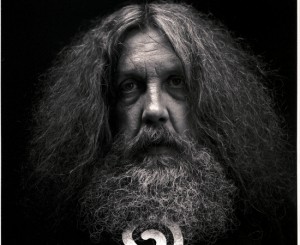
Behold, His Look of Reproach
Oh, the pressure.
If you’re into stories and storytelling techniques, if you want to witness masterful jugglery of multiple plot points and narrative devices, if you’re up for some serious emotional involvement with characters that have a life of their own free of predictability and brimming with free will, and most importantly, if you aren’t averse to traumatic violence, watch Breaking Bad. And while you’re at it, go read the episode guides on AVClub as you finish them one by one. Read the comments even, there’s a surprising lack of trolls on the boards, which either proves that people watching the the show are more rational, or that Breaking Bad is good enough to merit serious discussion sans offensive buffoonery. Go watch, and when you’ve wrapped your mind around that last shot at the end of season 4, take a deep breath, come back here and thank me. There’s one more season to go still, and we can all mourn and celebrate the inevitability of time together.
